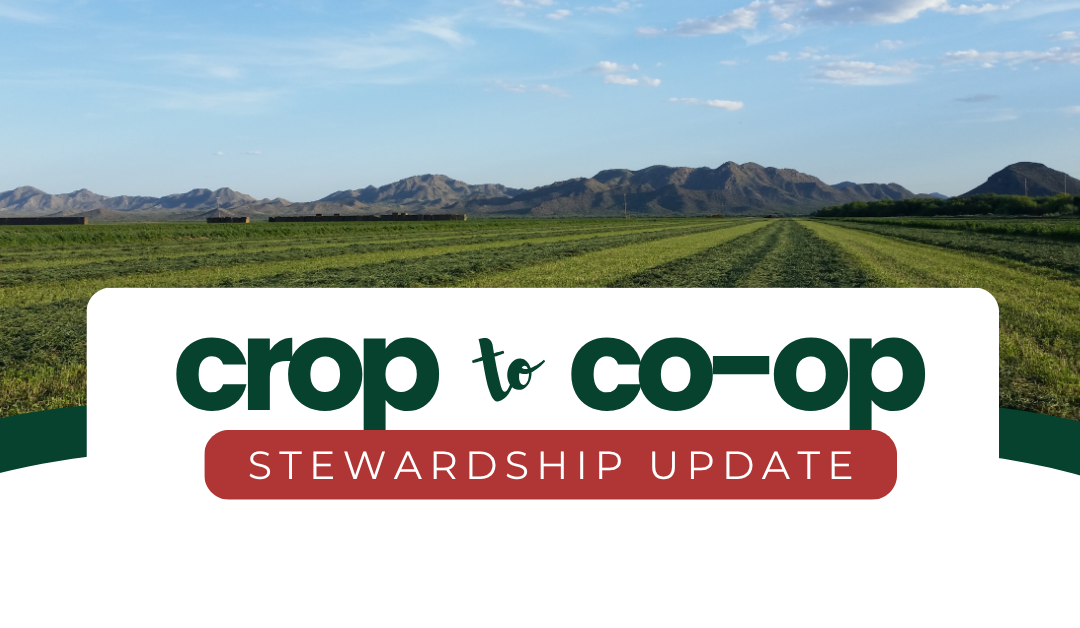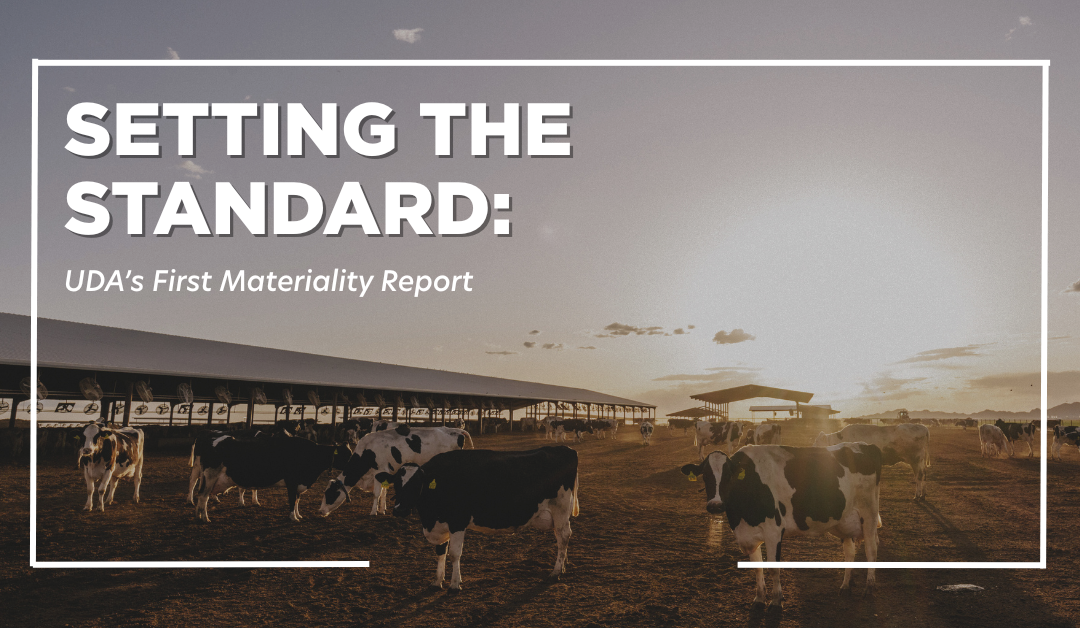Calves are the future of any dairy, which is why providing the very best care for them is top priority at every farm.
Heifer calves are tended to for two years, either on a farm or calf ranch, before joining the milking herd as a (mature) cow.
Calf Care:
When calves are born, they are cleaned by their mothers, which stimulates their natural progression to standing, then eating. Afterwards, calves are transferred to a hutch to ensure their health and safety. Why?
- A tiny calf is susceptible to disease just like a human baby.
- Calves need to be kept in a clean environment and vaccinated to ensure they don’t get sick.
- Another safety concern is the potential of getting stepped or laid on by another cow.
- A 80-90 lb calf can easily be crushed by a 1,000 lb cow.
They are fed colostrum, which is filled with antibodies, within their first 8 hours of life to ensure they obtain the nutrients needed to build a strong immune system.
Over the next few months, calves receive specialized care and close monitoring. Milk, grains, and water make up the rest of their diet moving forward.
Vaccinations are also administered by a veterinarian to ensure healthy development.
Personal Space
Calf hutches are specially designed areas for calves to call their own. There are many different styles but a common style is the hutch that looks like a little “white dog house”. These little houses are designed to get adequate air flow, reflect heat, and be easily cleaned.
“House” life benefits include:
- A little ‘yard’ outside the hutch to safely explore the outdoors.
- Soft dirt or bedding to lay on
- Space between their friends to act as a germ barrier. We’ve all seen how kids love to share their germs…
Another popular variation, are hutches that resemble little cribs. These are typically connected (together in rows) and placed under the shade of a barn.
“Crib” comfort contributors:
- Cleanliness. Urine and manure passes through the grates, which are easily rinsed off.
- Spacious enough for calf mobility.
Stay tuned for Part 2 where we discuss the calves’ exciting transition to group pens! Will they make new friends? You’ll have to wait and see!




